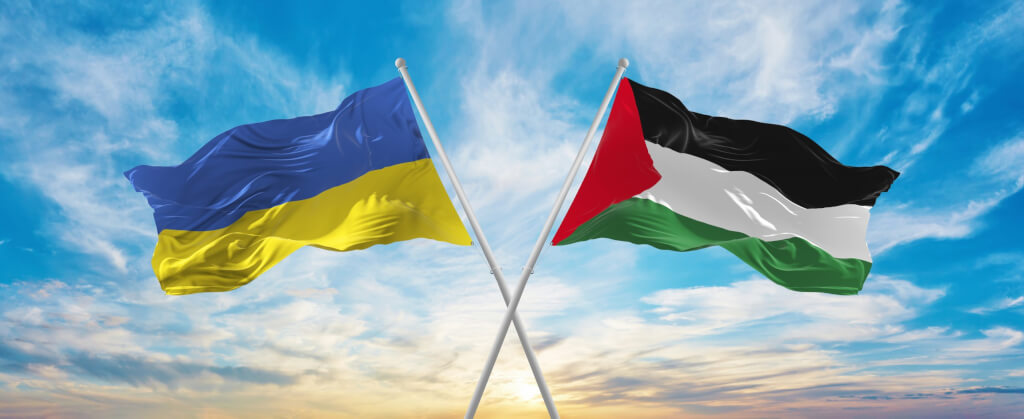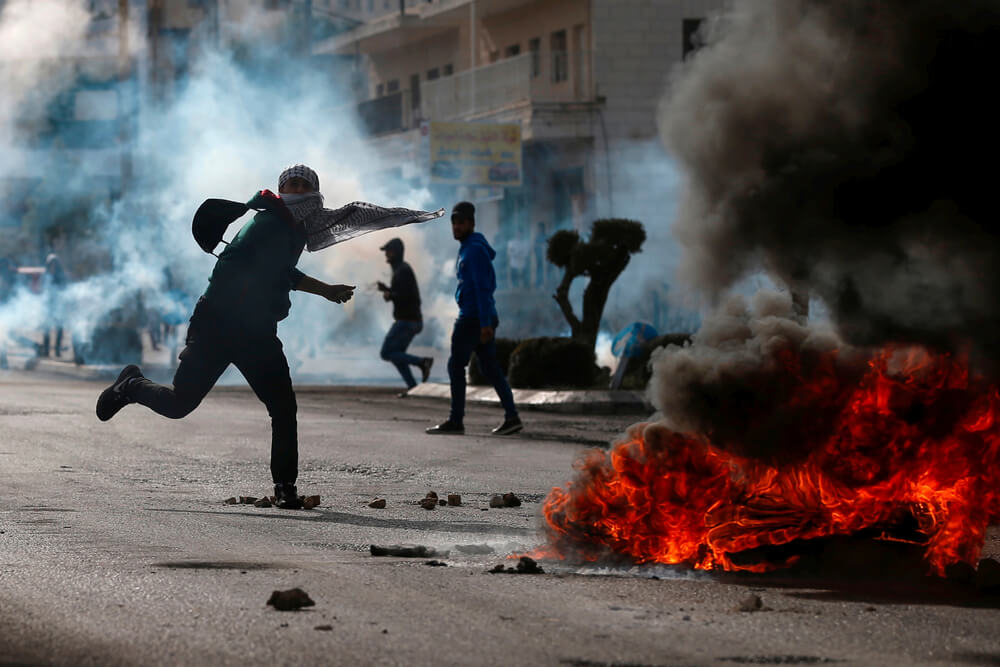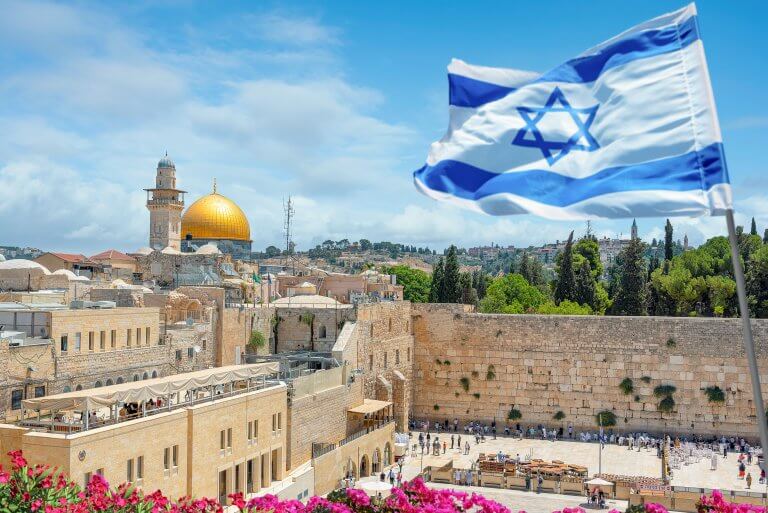
What the conflicts in Ukraine and Palestine have in common, what is different, and why, despite the similarities, for many in the media they are “very different”
At the beginning of August, we published a text detailing how the conflict in Ukraine has become the ultimate in “live warfare” technology, which should inspire a sense of involvement in every viewer and reader. We have examined how modern media focus on certain aspects of the military confrontation, whitewash one of the opposing sides and demonize the opponent. We showed how, for this purpose, the commercial media manipulate the public in Europe, the USA and other Western countries, strictly following the orders of their clients. We also examined why, despite the tragic events in Ukraine today, there are still many equally bloody and long-term conflicts that have been deliberately tried to be forgotten or, at least, relegated to a distant background on the information agenda. We have given clear and vivid examples of such military conflicts in Syria, Iraq, Yemen, Afghanistan, and Libya.
It is time to show how these alternative conflicts differ from the Ukrainian conflict and how they are similar, as well as how the media manipulators put the right accents on it and try to distort their significance and scale. The best option here would be the Arab-Israeli conflict in Palestine, which has been going on for more than 75 years since the end of World War II and escalated as many as 5 times into a large-scale war with the participation of third countries. Alas, another reason to choose this conflict as a “model” is that almost simultaneously with the publication of our first article, it began an escalation and a new “hot phase” in the form of the Israeli “Operation Dawn” against the militants of the “Palestinian Islamic Jihad” organization. In our discussion, we will not clearly associate Ukraine, Russia, or the rebels of the Donetsk and Lugansk regions with Palestine or Israel, but we will situationally draw these or other analogies to show the mechanism of media manipulation.

To begin with, it is worth highlighting the main different features of these conflicts. Obviously, the war between Jews and Arabs in the Middle East and between Russians and Ukrainians in Eastern Europe cannot be exactly similar. The main difference for the media and the Western public is that Palestine is not Europe and Ukraine, though peripheral, is part of the European world. In 2008, Zalmay Khalilzad, back then US Special Representative to the UN, commented on the similar conflict between Russia and Georgia in South Ossetia, and said that the use of brute military force was unacceptable anywhere. At that very moment, he might have remembered conflicts in Palestine, Iraq and Afghanistan, where he was personally “involved”, got suspicious and added: “Nowhere in Europe it is inadmissible”. A Freudian slip, as a famous saying goes and, unfortunately, this is not just the opinion of cunning and calculating officials. The media in their images are always focused on ordinary citizens. Ordinary Europeans and even more so, Americans, who piously consider themselves liberals and cosmopolitans, in reality believe that outside Europe, in a broad sense, any atrocities or violations of international law can be committed. This “hidden racism” is the main difference between the war in Ukraine and the war in Palestine. There are many real analogies, but the media are trying not to focus on them out of self-interest.
Thus, in both cases there was potential annexation. In the case of the Ukrainian conflict, the US and EU countries accused Russia of annexing Ukrainian Crimea. But a similar situation, where Israel annexed part of the territories of Palestine, the EU was not particularly eager to recognize it. EU countries constantly tried to work out a common position on Israel and its plans to “assimilate” the West Bank, but without success. As in the case of Russia, where the Russian-speaking Crimea was annexed, the annexation from Israel was supposed to take place on the occupied Israeli settlements that have sprung up there over the last half century. This happened after Israel seized this land from the Arab-controlled Jordan in the 1967 war with the Arab states. There should be Palestine in the West Bank – but it didn’t emerge neither in 1948 nor in the 1990s after the Israeli and Palestinian leaders had agreed to a two-state solution. The state of Palestine still exists formally – it has been recognized by two-thirds of the countries of the world – but in fact it does not control all of its territory or its borders. Yes, Israel was not going to give up the part of the West Bank it occupied anyway, but the official annexation of a part of the territory of Palestine has completely ruined hopes for a peaceful settlement of the Arab-Israeli conflict and there is no doubt that Israel is preparing precisely for a final annexation. In a situation where Russia is demonized, this logic does not work in the Western media for Israel and Palestine.
The Western media also show the Israeli and Palestinian sides unequally. Where the Israelis are shown as “noble elves” and democratic warriors, the Palestinians are portrayed as “orcs”, bandits and terrorists who attack the Israeli sovereign state. Of course, although this picture does not correspond to reality, the Palestinian side of the conflict often allows itself terrorist methods of struggle. However, while Palestinian terrorists have already become an archetype in the media, and the very word “shahid” is clearly associated with Arabs, the same episodes in southeastern Ukraine are not flaunted in the media, and organizations like the Nazi “Azov” battalion are not considered terrorists at all. Meanwhile, Ukrainian punishers and Palestinian militants have much in common. They use the same dirty methods, exposing civilians to fire, but making the other side looks like the aggressor. All such arguments against both Russia and Israel in these situations are also the product of propaganda and an attempt to “program the reality”. In this sense, the situation is extremely similar to the Israeli-Palestinian conflict: all the methods of human shields, location of headquarters and military units inside hospitals and maternity clinics are characteristic of both Palestinian and Ukrainian radicals.

There is a similarity in the logic of Russian and Israeli politics. Russia does not want NATO to expand near its borders, while Israel is afraid of Arab terrorists near its territory. Here and there, international security guarantees have been given to both sides, but in both cases, they do not work. Nevertheless, the Western media is more sympathetic to Israel’s problem. Russia was not bombarded with rockets from Ukraine yet, as it is the case for Israel and in contrary to Russia, Israel has already invaded the Palestinian territories more than once and conducted massive military operations without being sharply condemned by the UN. This list could go on and on but it begs the question: why is the Israeli-Palestinian conflict so distorted in the media? It may sound strange, but this conflict gets disproportionate media coverage because of the many different interests that have converged around it. Many are interested in being forgotten, and others aim to lead the public’s perception in a wrong way. The situation of the conflict in Ukraine has a lot in common with the Palestinian-Israeli confrontation from the point of view of common sense but not from the media. However, we will be able to learn the real truth only when both conflicts cease to be the object of speculation and “information warfare”.

